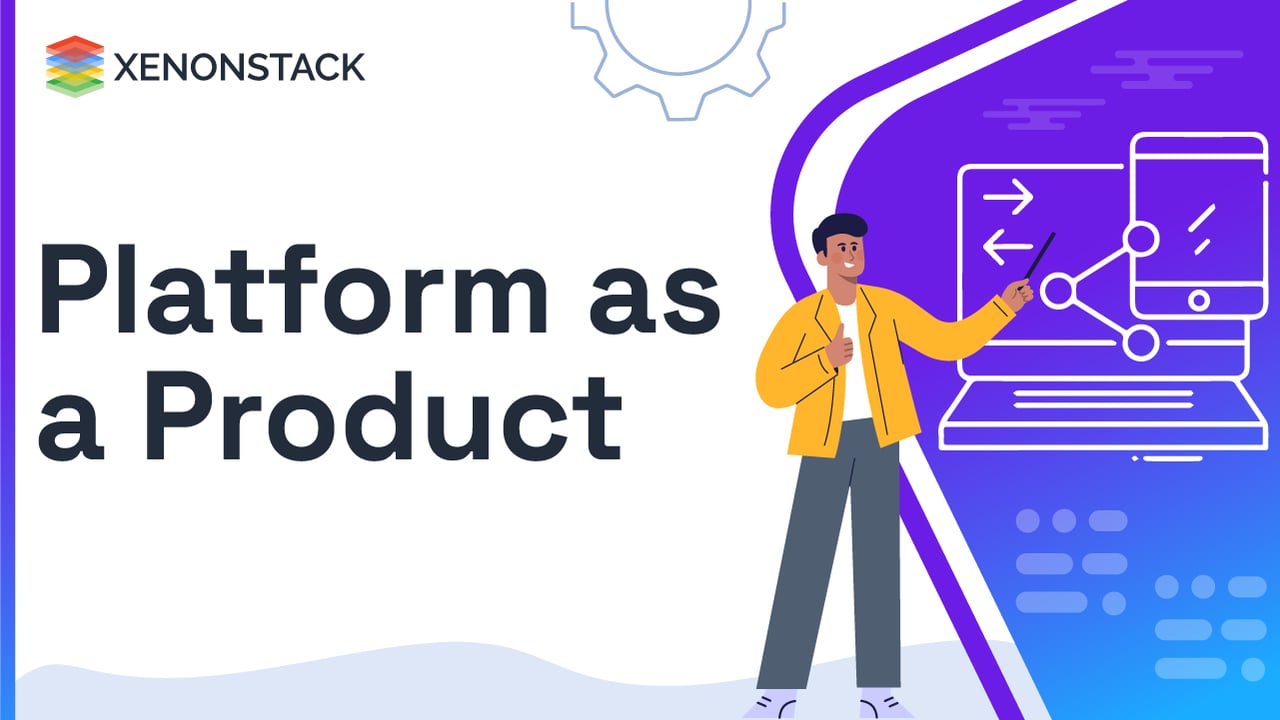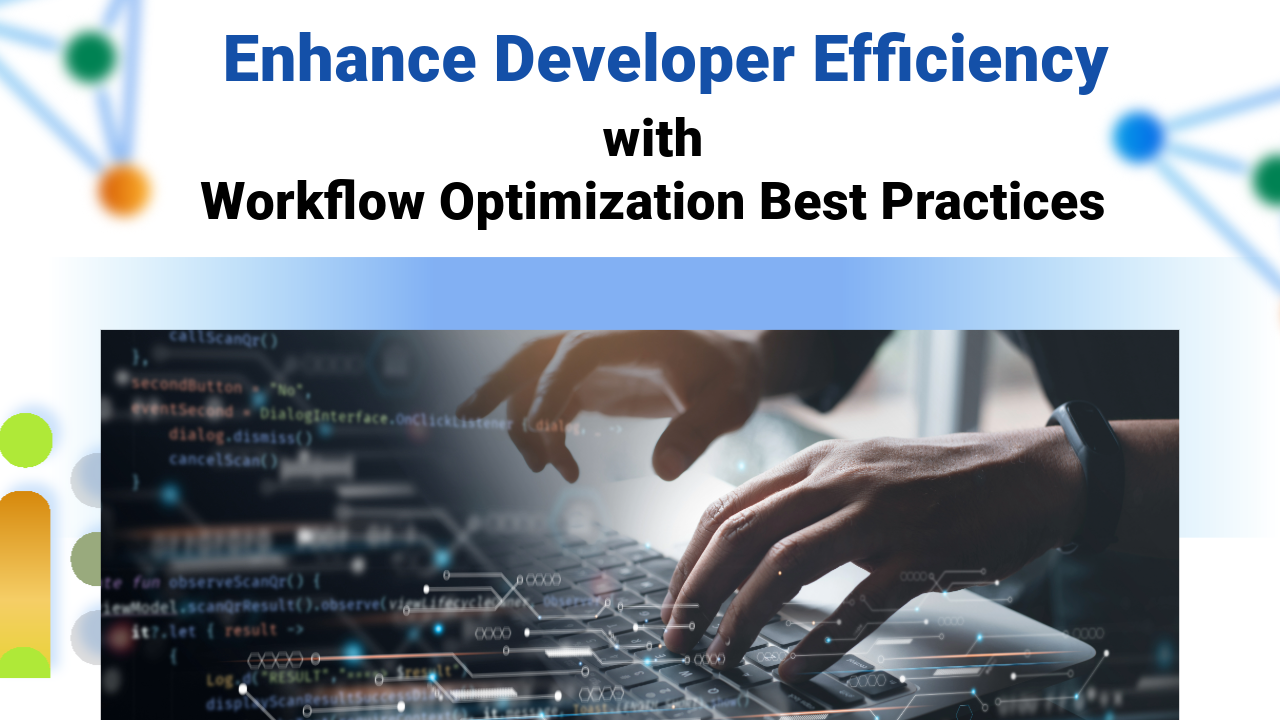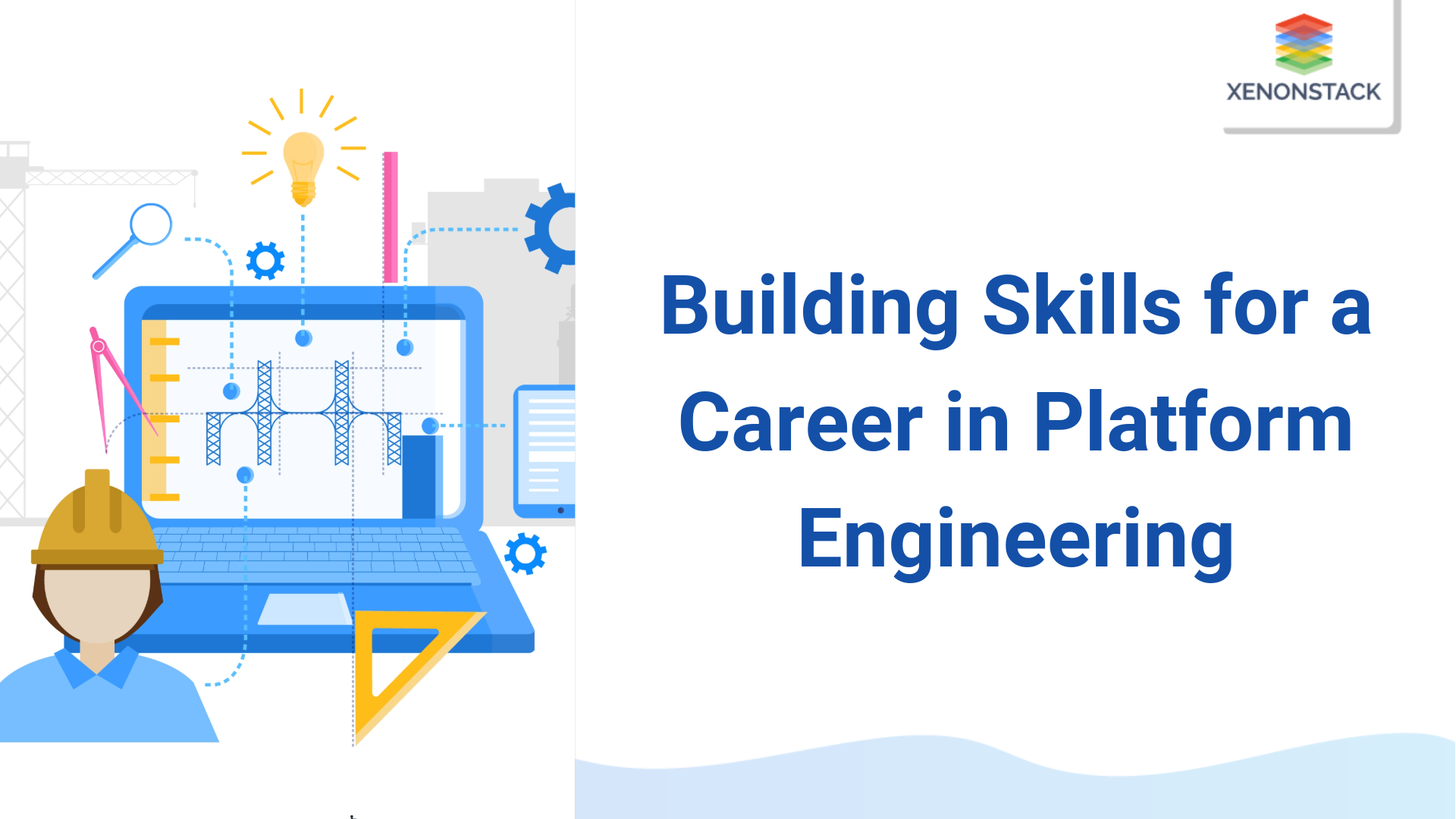
Benefits of Platform as a Product
PaaP encourages adaptability and customization. Companies can use the platform's tools and APIs to customize the solutions or services to meet their specific requirements. This enables quick iterations, rapid prototyping, and the capacity to adjust to shifting market conditions.
Growth and Scalability
Businesses can benefit from PaaP's platform infrastructure, which is built to manage and scale with ease. The platform can handle the increased load as the business expands and user demands rise without sacrificing performance or user experience. This scalability enables companies to broaden their product offerings and seize new market possibilities quickly.
Customizable and Personalized
Platforms as a Product (PaaP) provide a great level of flexibility and customization. Businesses can alter the platform to meet their unique requirements by linking it with outside services, adding or removing functionality, and designing custom user interfaces. Thanks to this level of personalization, businesses can have different Experiences and Customers Valuetiate their goods, learn how to Integrate Development Environment services, cater to specific client needs, and provide distinctive brand experiences.
User Experience and Customer Value
Platforms as a service (PaaP) frequently provide a number of integrated features and functionalities that might improve the user experience. These might include user-friendly interfaces, smooth interactions with outside services, extensive analytics and reporting tools, and tailored recommendations. Businesses can provide outstanding user experiences and create enduring client relationships by utilizing these characteristics.
A self-service layer that encompasses technologies and tools that allow developers to engage with their organization's delivery configuration independently. Click to explore our, Internal Developer Platform
Industry Use Cases of PaaP
PaaP has been used in a variety of industries, including e-commerce, software development, healthcare, finance, and others. Businesses are increasingly recognizing the value as it allows them to utilize existing technology, connect to larger ecosystems, and remain ahead of the competition. Here are some Examples:-
Healthcare
PaaP has made major contributions to the healthcare business, as they offer comprehensive electronic health record (EHR) solutions. These platform benefits of Platform as a Product enable healthcare practitioners to securely store and manage patient data, promote communication among healthcare experts, and streamline clinical operations. PaaP healthcare platforms increase patient care coordination, data security, and interoperability among various healthcare systems.
Omnichannel Retail Platforms
PaaP platforms offer retailers inventory visibility, order management, customer data integration, and personalized marketing capabilities. PaaS omnichannel retail systems allow retailers to create similar experiences across different channels, allowing customers to shop when, where, and how they want.
Manufacturing
It offers a wide range of applications, from supply chains to quality control systems. Manufacturers may utilize PaaS supply chain management platforms to streamline their supply chain operations, cut costs, improve delivery times, and increase customer satisfaction. Manufacturers can also use these to develop, model, and optimize production processes, enhance product quality, cut time to market, and increase operational efficiency. It assists manufacturers in standardizing quality processes, ensuring compliance with industry laws, and continuously improving product quality in production.
Fintech Industry
It enables businesses to construct new financial applications such as budgeting apps, personal finance management tools, and lending platforms through secure and seamless connectivity with banks. PaaS fintech platforms make it easier to access and use financial data while encouraging innovation and broadening the range of financial services available to consumers.
Insurance Industry
PaaS technologies have enhanced risk assessment and underwriting operations in the insurance industry. It enables organizations to assess risks and assist underwriting choices by leveraging data from diverse sources such as IoT devices, social media, and external data providers. Add elements like claim input, evaluation, and settlement, as well as integration with external data sources for claim validation. PaaS claims management platforms assist insurers in streamlining the claims process, decreasing turnaround time, improving fraud detection, and increasing customer happiness.
Conclusion
Platform as a Product has emerged as a disruptive force in business, enabling organizations to discover new opportunities, improve consumer experiences, and drive innovation. PaaP enables organizations to focus on their core skills while quickly delivering value to their consumers by providing a holistic ecosystem that integrates infrastructure, tools, and collaboration. As the digital landscape evolves, organizations that want to stay competitive and survive in the ever-changing marketplace will need to embrace PaaP.
- Learn how to Integrate the Development Environment
- Learn how Platform engineering is different from DevOps and SRE
- Know more about the Platform Engineering Overview




